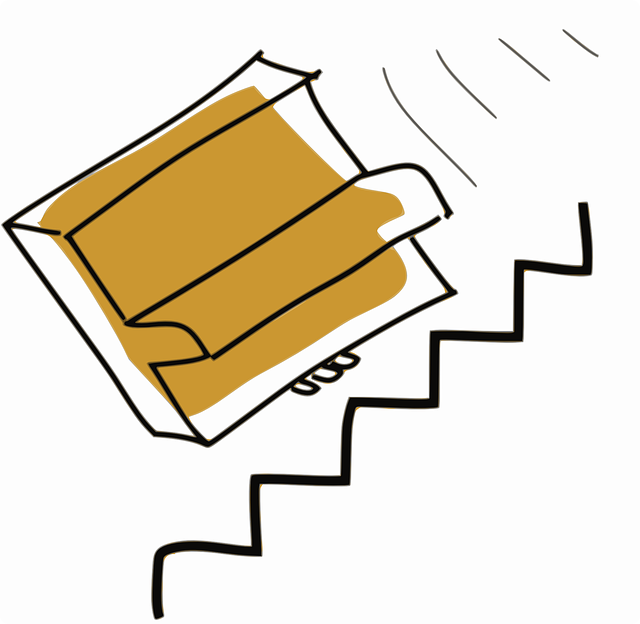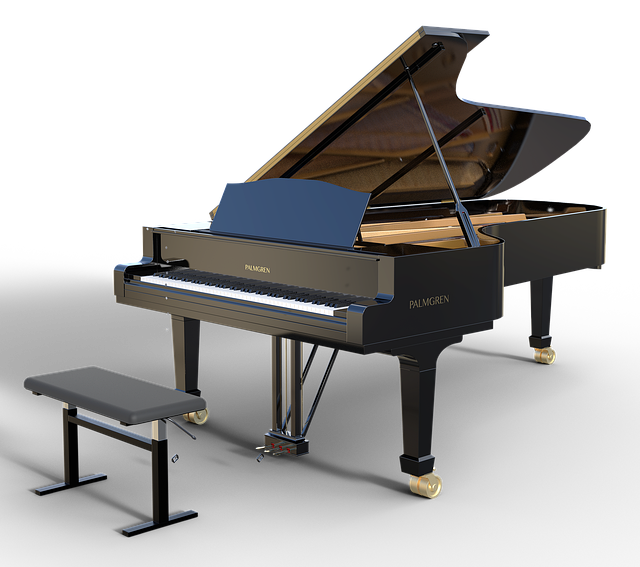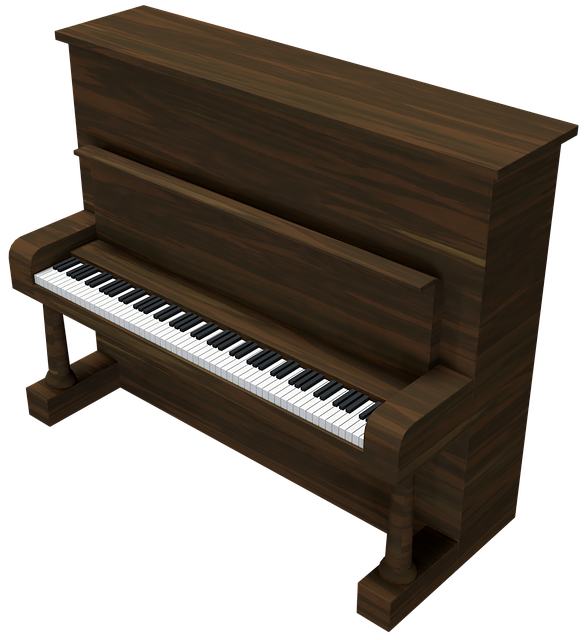Piano Information You Will Need
- Brand Name – The brand name of your piano is typically in the middle of the fallboard which faces you when you play. It can also be found inside near the strings and soundboard. Examples: Steinway, Baldwin, Yamaha, etc.
- Serial Number – a four to eight digit number engraved or printed. It is typically found inside the piano on the back near the top of the strings, under the lid stamped on a plaque, on the back of the piano, printed on one of the hammers, printed on the keys behind the name board. If you simply cannot find it, call the manufacturer or your piano technician for help.
- Type of Piano – Grand, Baby Grand, Upright, Studio Upright, Console, Spinet, etc
- Your Piano Identity – Find It Here
- Condition – Have a technician tune, repair and assess the condition of your piano. Tell your technician you are planning to sell. The insight you gain from your technician will be help you to write an accurate ad. Showing recent proof that your piano has been tuned and assessed by a professional builds confidence in your potential buyer and gives you the tools to communicate and negotiate sale conditions that will be fair to both you and your buyer.
- Piano Description – It’s time to highlight the best features of your piano. Describe your piano including brand name, type, and style. ad highlighting the best features of your piano and being honest about any flaws. If your piano has been recently tuned or repaired, include this information in your description. Buyers will feel more confident buying your piano knowing that you have proof of a professional piano technician’s recent opinion.
- Photographs – Make sure your piano is dusted, polished and looking it’s best. Use good lighting to take photos from several angles with the piano open and closed.
Thinking about selling your piano and haven’t a clue where to start? After reading this step-by-step guide, you will have answers to questions that potential buyers will ask. You will have the “keys” to prepare your piano for sale, negotiate a fair price, find the best places to advertise, find reputable piano technicians and movers. If by chance your piano doesn’t sell you will know your options regarding donating or disposing of your instrument.


GRAND pianos are horizontal. Both styles vary in dimensions. The largest are the Concert Grands which measure 8’10” or larger. Baby Grands measure 4’11” to 5’1″. Petite Grands measure under 4’11”.
UPRIGHT pianos are vertical. Studio uprights are 45-49 inches tall, A console is 40-44 inches tall and a spinet is 36-39 inches tall.

9 Steps to Selling Your Piano
- Research – Click the piano lookup link to gather information about your piano, you should have your piano’s brand name, serial number, age and type. If you could not find information about your piano, call the manufacturer or contact your technician.
- Prepare your piano – Most buyers are looking for a great sounding instrument that will also add beauty to their home. For a quicker sale, it would be advantageous to you to contact your technician for a tuning. Currently the average price of a tuning is $150-200. If repairs are needed there may be additional costs. Technicians can give you sound advice about selling your piano. Sometimes piano technicians already know someone who is looking for a piano like yours. Many can give you advice that would help you write a good description for your ad and advice on fair pricing. Be honest about the condition and be ready to negotiate if necessary. The majority of buyers will play your piano before making a decision to buy. If the sound of your piano is not “music to their ears” most buyers will go elsewhere to purchase a piano. It may be worth the cost of tuning to get a quicker sale and to gain more knowledge about your piano to pass on to your potential buyers.
- Determine a Fair Price – Your technician should be able to help you determine a price range. Search online for pianos similar to yours to determine an average price of what pianos similar to yours are selling for.
- Consider your options – To sell: Place ads online and in newsletters and newspapers, contact a consignment store to sell it for you, To donate: contact piano teachers, thrift stores, schools, churches, community centers and senior centers. Non-profit 501c3 public charities such as http://www.pianosforeducation.org accept certain brands of pianos as a tax-deductible contribution in all 50 states.
- Advertise – tell friends, family, your piano technician and local piano teachers. Take good photos, Post your ad on eBay, Craigslist, Facebook Marketplace, neighborhood newsletter, local newspaper.
- Meet Potential Buyers -Space your home appointments in at least 30 minute intervals to give time for trying out the piano and asking questions. Give them an overview, time alone to play and inspect the instrument and allow time for questions. Don’t pressure them. Piano buyers often need to look at other options, or just take time to think and get back to you.
- Negotiate – offer to pay for tuning and movers
- Plan for Moving Day – move things out of the way
- SOLD! Time to remove ads and rearrange your furniture!

